Let me guess, you’re between 35-55 years old, male, Caucasian, do not have children, are well educated, are at the high end of the IRS 25% tax bracket, and reside in one of five states with the most electoral college delegates. At least that’s how the data from the 2009 Readership Segmentation Study describes the average Adaptistration reader…

For those of you that didn’t take the survey, it consisted of 36 questions divided into four sections designed to gather detailed information about:
- reader demographics
- media and culture habits
- blogging and online habits
- observations and opinions regarding Adaptistration
Not only is the data valuable for all culture bloggers but it serves as the first step for performing arts organizations to begin understanding and articulating the benefits of becoming involved in the field of culture blogging. In general, blogs of all variety have created deep-seated and unique relationships with readers and there’s no reason to believe this same potential doesn’t apply to performing arts organizations. Since many of the questions were designed to produce as much comprehensive data as possible, we’ll publicly examine the figures section by section in order to present as comprehensive a picture as possible.
SECTION #1: READER DEMOGRAPHICS
QUESTIONS: WHAT ARE YOUR AGE AND SEX?
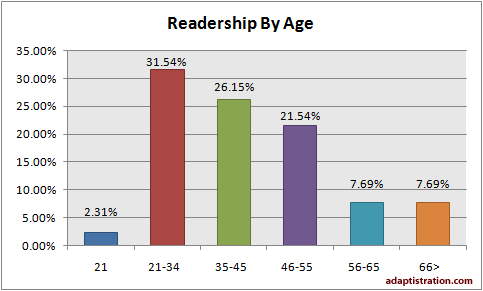

Analysis
Interestingly enough, the basic demographic results are more or less corroborated by the major website traffic monitors like Google Analytics, sitemeter, and Quantcast. Although the single largest demographic is the 21-34 group, the 35-45 and 46-55 groups comprise half of all respondents. There’s nothing surprising here via demographics although it is interesting to see such a lopsided ratio between male and female respondents. Granted, most internet usage surveys over the past year show that men use the internet more frequently and for longer periods of time than women but given that women occupy a large ratio of this business (managers, musicians, and patrons alike) I initially suspected the ratio to be much closer.
QUESTION: WHICH STATE DO YOU LIVE?
Analysis
Results from this question were intriguing. On one hand, it is no surprise that states with larger populations and numbers of professional orchestras generated greater numbers of respondents but I was surprised to see such a large number of Non US visitors. Although regular statistics tracking indicates a similar percentage of Non US visitors, that data can never be entirely trusted since domestic visitors can sometimes be routed through foreign servers and there is always a certain percentage of traffic originating from “spam countries.”
Nevertheless, it is very encouraging to see such a large percentage of Non US readers taking the time to complete the survey. Furthermore, 64.28 percent of Non US respondents identified themselves as an orchestra manager or board member so this may be a good indication that other countries are interested in the nuts and bolts of US based orchestra management.
States producing no responses included Alabama, Alaska, Arkansas, Colorado, Delaware, Dist of Columbia, Idaho, Iowa, Kansas, Kentucky, Maine, Mississippi, Montana, Nevada, New Hampshire, North Dakota, Rhode Island, South Dakota, West Virginia, and Wyoming.
QUESTIONS: WHAT ARE YOUR RACE, HOUSEHOLD SIZE, ANNUAL FAMILY INCOME, AND LEVEL OF EDUCATION?
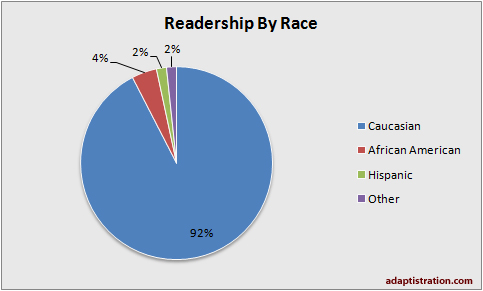
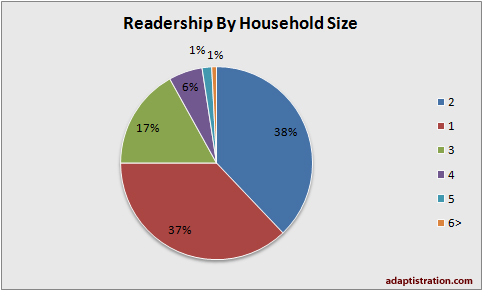

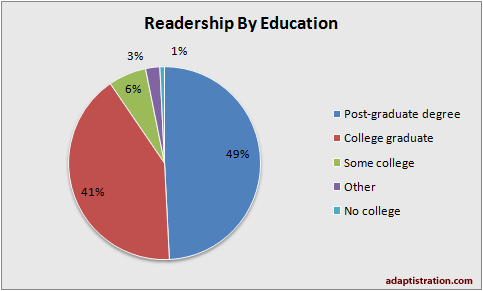
Analysis
These results produced no real surprises. They merely indicate that people without children or other dependants have more time to use the internet. It also confirms other studies indicating that those involved with the performing arts have higher levels of education and are scattered across the middle class.
QUESTION: SELECT THE PLATFORMS YOU USE TO ACCESS THE WEB:
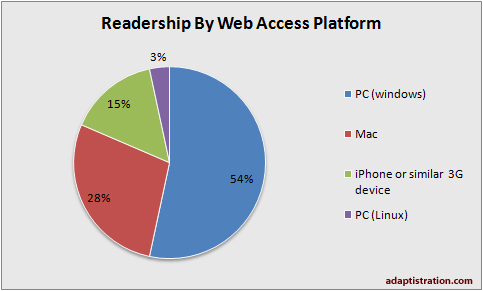
Analysis
One big change in web access technology since the previous Readership Segmentation Survey is the rise in popularity of web enabled smartphones such as iPhones and Blackberrys. Interestingly enough, the ratio between Windows, Mac, and Linux operating systems indicated here is nearly identical to what the statistics tracking services report. However, none of those services indicate if visitors are using smartphones; as such, cross tabulating the results produced some valuable additional data. For example, out of those who use smartphones, 40 percent belong to the 21-34 demographic, 35 percent to the 35-45 and 46-55 demographics, and 21 percent to the 56-65 and 66> demographics.
QUESTION: SELECT THE OPTION(S) THAT BEST DESCRIBES YOUR RELATIONSHIP TO THE PERFORMING ARTS:
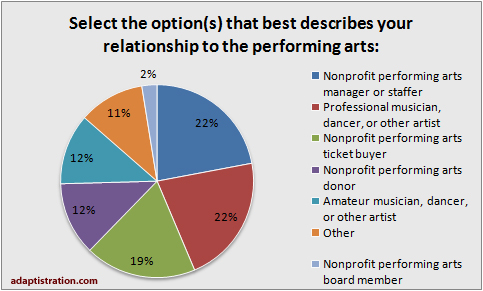
Analysis
In the last Readership Segmentation Survey, this question included fewer options which ultimately grouped readers into the three basic orchestra stakeholder categories: Governance (managers and board members), Artists (instrumentalists and singers), and Patrons. The ratio between each group of stakeholders was a nearly perfect three-way split. Although the expanded data in this survey is enormously useful, when these responses were merged into the same three stakeholder categories, the ratio was once again evenly divided: Governance = 33 percent, Artists = 35 percent, and Patrons = 32 percent.
 Another intriguing discovery that came to light after some cross tabulating is the percentage of younger readers who identified themselves as ticket buyers. The chart to your right illustrates the spike in the 21-34 demographic that identified themselves as ticket buyers over other demographics. More to the point, even when combined, the older demographics of 56-65 and 66> only amounted to half of 21-34 respondents.
Another intriguing discovery that came to light after some cross tabulating is the percentage of younger readers who identified themselves as ticket buyers. The chart to your right illustrates the spike in the 21-34 demographic that identified themselves as ticket buyers over other demographics. More to the point, even when combined, the older demographics of 56-65 and 66> only amounted to half of 21-34 respondents.
 When cross tabulating these results with respondent location, the majority of those identified with Governance are located outside the US, New York, Texas, Maryland, Ohio, Pennsylvania, and Virginia. Artists are predominantly located in Illinois, Texas, California, Ohio, New York, North Carolina, Tennessee, Utah, and outside the US while Patrons are predominantly located in Texas, Ohio, Pennsylvania, California, Illinois, Indiana, Minnesota, and outside US. The ratio for each stakeholder location is illustrated in the chart to your right.
When cross tabulating these results with respondent location, the majority of those identified with Governance are located outside the US, New York, Texas, Maryland, Ohio, Pennsylvania, and Virginia. Artists are predominantly located in Illinois, Texas, California, Ohio, New York, North Carolina, Tennessee, Utah, and outside the US while Patrons are predominantly located in Texas, Ohio, Pennsylvania, California, Illinois, Indiana, Minnesota, and outside US. The ratio for each stakeholder location is illustrated in the chart to your right.
Observations
Based on the information above, it seems reasonable to formulate the following observations:
- There is a notable level of interest in the US orchestra business from arts managers outside the US.
- Older demographics don’t necessarily shy away from new technology platforms.
- We still have a long way to go throughout the business via diversity.
- Stakeholders are equally interested in learning more about how orchestras function.
- The “graying of orchestra audience” syndrome may be far less cut and dry than some believe and/or the lopsided representation identified in this data may simply parallel the result of web usage demographics by favoring younger demographics.
- Designing web content compatible with smartphones is a growing necessity.
If nothing else, the data helps to formulate additional questions; some of which may be examined later this year or in next year’s annual survey. In the meantime, what are your observations? Did you see something besides what is mentioned above? Do you disagree with these observations? Are you beginning to formulate a hypothesis? Can you identify areas where this information can be useful? The more discussion, the better so post a comment below or send in an email.
Thanks to all of the readers who took the time to complete the 2009 Readership Segmentation Survey. Tomorrow’s article will examine media and culture habits along with blogging and online habits. These sections produced some of the most fascinating and constructive data from the entire survey and will likely serve as some of the most useful information for other cultural bloggers and arts managers.
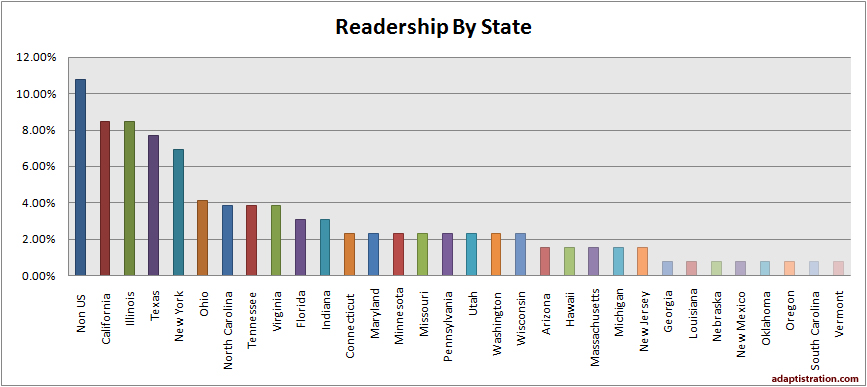

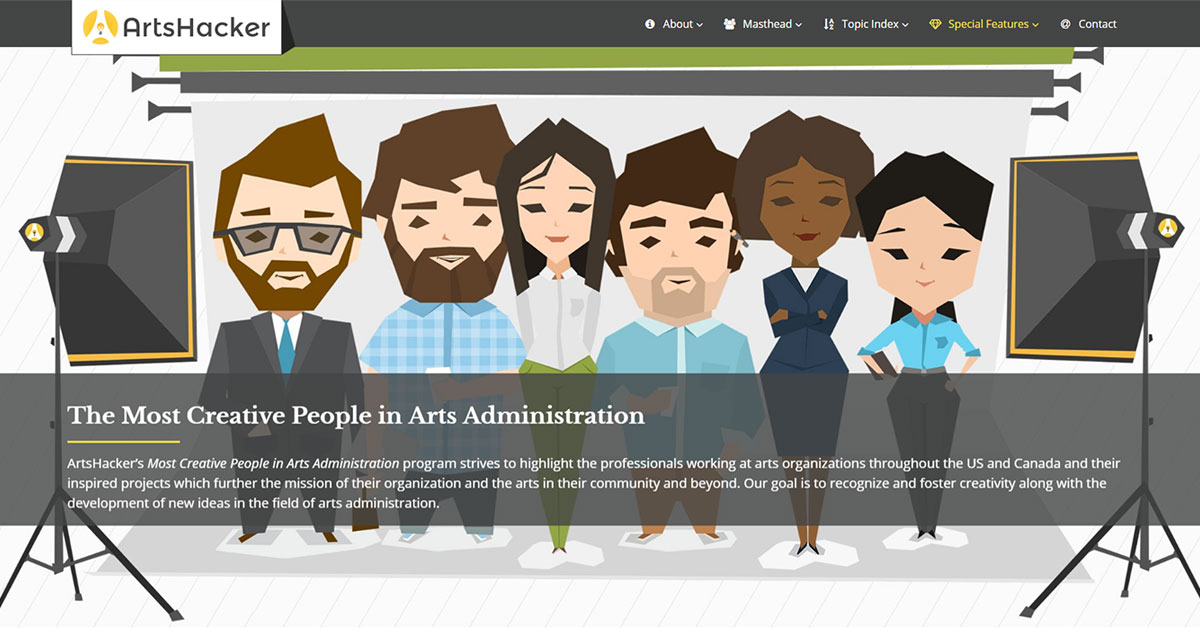

As one of the Non-US readers I would suggest that we are not so much interested in “the US orchestra business” so much as “the orchestra business generally”.
Your blog comes reflects your local (US) experience, observation and sources – which of course a non-US reader needs to allow for – but the issues are much bigger and more universal than that.
In a vaguely related (informal) survey, yesterday Rob Gold of the Windsor Symphony Orchestra asked other members of the Symphony League marketing listserv what kind of music background they had, and how relevant that background was to their marketing efforts. The responses range from conservatory training with multiple degrees to absolutely no prior symphony experience prior to taking the job . . . however, all seemed to agree that finding a music “expert” (the MD, or orchestra librarian, etc.) on staff for reference, and a willingness to ask questions and do your own listening and research compensated for any lack of academic background. Based on my own experience, I’d have to agree that approaching the music with daily humility and curiosity is more valuable than an academic pedigree. Several times a year I recruit telemarketers for a symphony call center, and have found that it’s easier to get non-musician salespeople excited about the symphonic experience than it is to train musicians how to sell.
Thanks for the additional perspective Yvonne, that’s precisely the sort of additional insight I’m glad to see in the comments.
I agree with Yvonne. It is hard to find inormation and issues about world orchestras discussed with as much depth as US orchestras are discussed – especially issues surrounding daily management concerns. The country where I live in has as few as five or six professional orchestras (and this is not a small country) – which does not make the industry’s issues interesting enough for mass media coverage. Adaptistration in particular has become a source of info that I share with fellow managers as well as board members who may not navigate the orchestra world as easily as those of us who live in it daily.
Thank you Mauricio for expanding on the perspective of managers outside the US, it is sincerely appreciated. Likewise, I’m am grateful to hear that find some of the material useful – as always, if there is ever a topic you have particular interest in, please let me know.